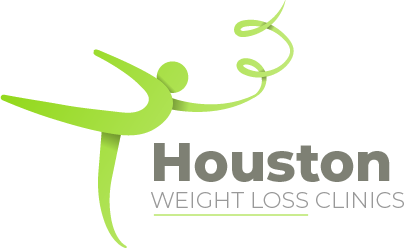Every day, we’re bombarded with a deluge of nutrition information. Whether you’re trying to lose weight, manage a health condition, or simply live a healthier lifestyle, understanding the maze of nutritional labels is crucial. This in-depth guide, brought to you by Houston Weight Loss Clinics, aims to demystify the world of nutrition labels and empower you to make informed decisions about the foods you consume.
The Enigmatic Realm of Nutrition Labels
Nutrition labels… they’re ubiquitous, present on every packaged food item, yet often overlooked and misunderstood. Interpreting these labels can feel like deciphering a secret code, but don’t worry, we’re here to help you crack it!
What is a Nutrition Label?
A nutrition label, also known as a nutrition facts panel, is a table that provides information about the nutritional content of a food product. It usually includes details such as serving sizes, calories, macronutrients (like fats, proteins, and carbohydrates), and micronutrients (like vitamins and minerals).
Why Should We Care?
Well, simply put, what we put into our bodies matters! The foods and drinks we consume can significantly impact our health, energy levels, mood, and overall well-being. Being able to read and understand nutrition labels can help us make healthier choices and avoid potential health pitfalls.
Unmasking the Nutritional Facts Panel
Now that we’ve established the importance of nutrition labels, let’s dive into the details. We’ll start at the top and work our way down, breaking down each section of the label for you.
Serving Size
At the top of most nutrition labels, you’ll find the serving size. This is a crucial piece of information because all the nutritional data on the label is based on this amount. It’s crucial to realize that the serving size on the label might not reflect the quantity you typically consume.
Example:
If the serving size on a packet of chips is 15 chips and you eat the entire bag, which contains three servings, you’re actually consuming three times the amount of calories, fat, and other nutrients listed on the label.
Calories
Underneath the serving size, you’ll find the calorie count. Calories are a measure of energy. While they are necessary for our bodies to function, consuming too many can lead to weight gain.
Note:
The calorie count on the label is per serving, not per package!
Nutrients: The Good, The Bad, and The Necessary
Next up, the label will list various nutrients. These are typically broken down into two sections – nutrients to limit and nutrients to ensure you get enough of.
Nutrients to Limit:
These are typically listed first and include things like saturated fat, trans fat, cholesterol, and sodium. Consuming too much of these can contribute to chronic diseases like heart disease and high blood pressure.
Nutrients You Need:
Further down, you’ll find nutrients that are beneficial for your health. These include dietary fiber, protein, vitamins, and minerals.
The Percent Daily Value (%DV)
To the right of the nutrient list, you’ll see a column titled “%DV” or percent daily value. This indicates what portion of the recommended daily intake of each nutrient a serving of the food provides, based on a 2,000-calorie diet.
Remember:
If the %DV is 5% or less, that means the food is low in that nutrient. If it’s 20% or more, the food is high in that nutrient.
Ingredients List
The ingredients list can be a treasure trove of information. By law, ingredients must be listed in descending order by weight, with the ingredients used in the greatest amount first.
Watch Out For:
Long, unpronounceable words are often a sign of artificial additives, preservatives, or other undesirable ingredients.
Unlocking the Secrets of Nutrition Labels
Now that we’ve broken down the basics, let’s delve deeper into some of the more nuanced aspects of nutrition labels.
“Reduced,” “Low,” and “Free”
Words like “reduced,” “low,” and “free” are not just marketing gimmicks – they have specific definitions regulated by the FDA. For instance, a product labeled “low fat” must contain 3 grams of fat or less per serving.
Sugar Alcohols
Sugar alcohols, found in many sugar-free or reduced-sugar products, can be tricky. While they have fewer calories than regular sugar, they can still impact your blood sugar levels and cause digestive issues in large amounts.
Trans Fats
Even if a product claims to have 0 grams of trans fat, it can still contain up to 0.5 grams per serving – another reason why understanding serving sizes is so important!
The Bottom Line
Deciphering nutrition labels doesn’t have to be an arduous task. By understanding the basics and paying attention to crucial details, you can arm yourself with the knowledge to make healthier choices. Remember, the team at Houston Weight Loss Clinics is always here to assist you on your journey to optimal health. Stay informed, stay healthy!

